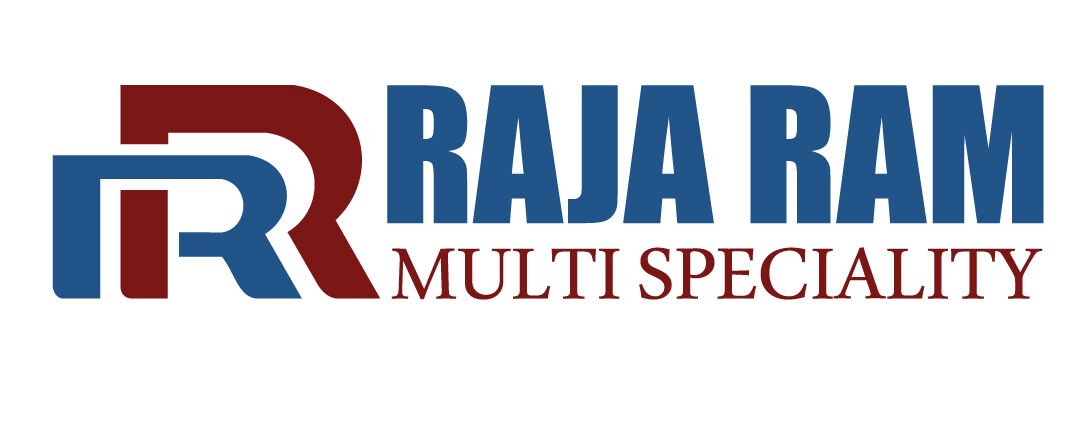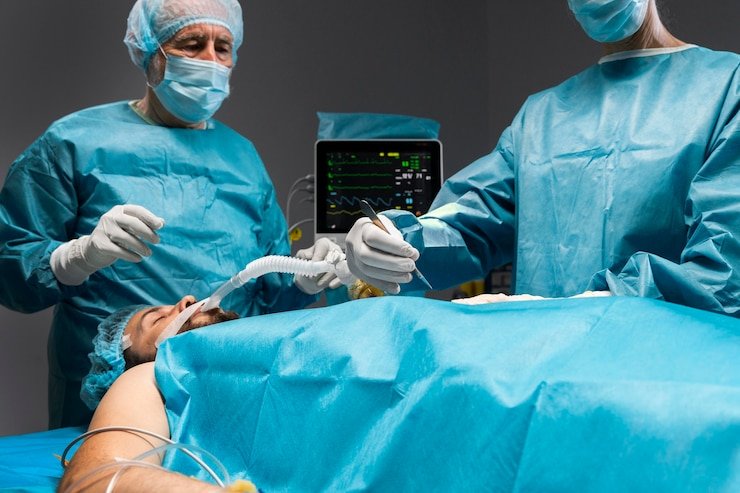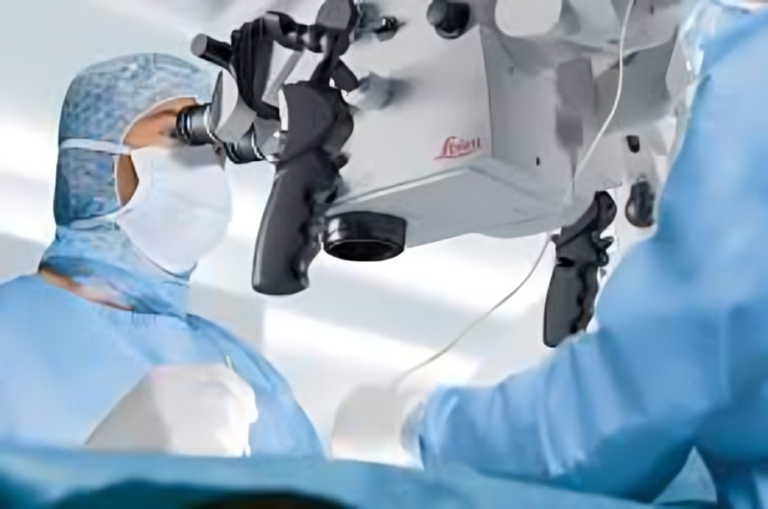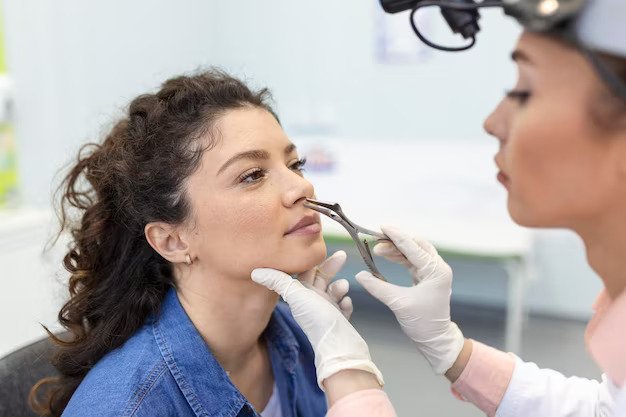Advances In Technology And Innovation In Head And Neck Surgery
Head and neck surgery has seen remarkable advancements over the past few decades, thanks to rapid developments in technology and innovative surgical techniques. These advancements have not only improved surgical outcomes but also enhanced patient safety, reduced recovery times, and expanded the scope of what is Best head and neck Doctor in Noida Extension possible in treating complex conditions. In this article, we will explore some of the cutting-edge technologies and innovations transforming head and neck surgery.
To Know More About It Click Here
Robotic-Assisted Surgery
Robotic-assisted surgery has revolutionized the field of head and neck surgery. Using robotic systems such as the da Vinci Surgical System, surgeons can perform intricate procedures with enhanced precision and dexterity. This technology offers superior visualization, allowing surgeons to access difficult-to-reach areas with minimal invasiveness. Robotic-assisted surgery is particularly beneficial for procedures such as transoral robotic surgery (TORS) for tumors of the throat and larynx, where precise movements are crucial for preserving surrounding healthy tissues.
Image-Guided Navigation
Image-guided navigation systems provide real-time visualization of the surgical field, allowing surgeons to navigate complex anatomical structures with greater accuracy. By integrating preoperative imaging data, such as CT scans and MRI images, with intraoperative navigation tools, surgeons can precisely localize tumors and critical structures, reducing the risk of damage to surrounding tissues. This technology is especially valuable for skull base surgeries and intricate procedures involving delicate structures in the head and neck region.
3D Printing and Patient-Specific Implants
The advent of 3D printing technology has transformed the design and fabrication of patient-specific implants and surgical guides in head and neck surgery. Surgeons can now create customized implants tailored to the unique anatomy of each patient, improving fit and functionality. 3D-printed models also allow for better preoperative planning and simulation, enabling surgeons to anticipate potential challenges and optimize surgical outcomes. Patient-specific implants have applications in reconstructive surgery following trauma or tumor resection, offering patients enhanced aesthetics and functional outcomes.
Laser Surgery
Laser technology has become an indispensable tool in head and neck surgery, offering precise tissue ablation with minimal thermal damage. Laser surgery techniques, such as laser-assisted microsurgery and laser tissue welding, are increasingly used for procedures ranging from tumor resection to soft tissue reconstruction. Laser surgery provides several advantages, including reduced bleeding, preservation of surrounding healthy tissues, and faster recovery times. With ongoing advancements in laser technology, surgeons can achieve better outcomes while minimizing the risk of complications.
Minimally Invasive Approaches
Minimally invasive techniques have gained popularity in head and neck surgery, offering patients smaller incisions, reduced postoperative pain, and shorter hospital stays. Endoscopic approaches, such as transoral endoscopic surgery (TES), allow surgeons to access tumors and lesions through natural orifices, avoiding the need for external incisions. These minimally invasive techniques result in faster recovery times and improved cosmetic outcomes compared to traditional open surgeries. As technology continues to evolve, minimally invasive approaches are likely to become standard practice for an increasing number of head and neck procedures.
Conclusion
Advancements in technology and innovation have transformed the landscape of head and neck surgery, enabling surgeons to perform complex procedures with greater precision, safety, and efficiency. From robotic-assisted surgery to 3D printing and minimally invasive techniques, these technologies have revolutionized patient care and outcomes. As technology continues to evolve, we can expect further advancements that will continue to push the boundaries of what is possible in head and neck surgery, ultimately benefiting patients worldwide.
Also, Follow us on Instagram








